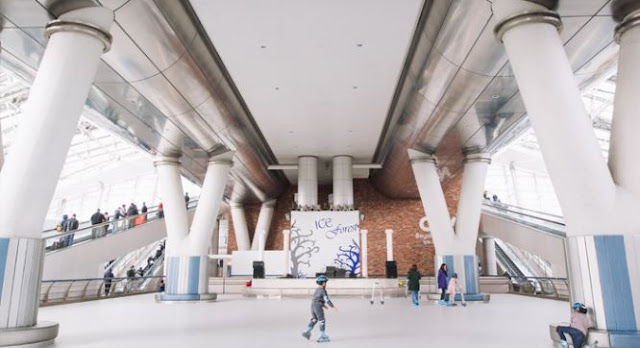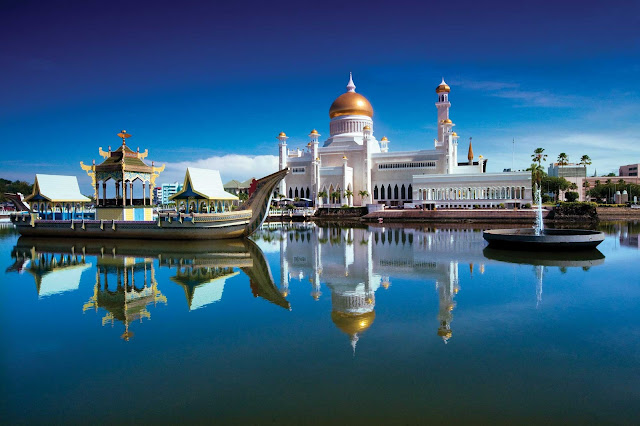Intramuros, the oldest district - Manila, Philippines
Historical Adventure in Intramuros
Historical centre and Oldest district in Manila, Philippines
In order to understand Philippine's culture and history, it is the best to visit Intramuros. Intramuros is the one of the districts of the capital city, Manila. It is also known as the Ciudad Murada, which means Walled City. Its feature stunns the audience: a nearly three-mile-long circuit of massive stones walls and fortifications surrounds the entire district completely.
Talking about Intramuros' history, its foundation goes back to 1571. The Spanish conquistador Miguel Lopez de Legazpi formed the site of Maynilad. It explains that Intramuros itself was Manila back then. In the late 1500s, the construction began building the walls and fortifications to protect the inhabitants from attack, however, the construction did not end there: it continued until 1700s, completing the defensive curtain.
Though because of the fierce Battle of Manila between American, Filipino and Japanese forces Intramuros was almost completely destroyed, the Intramuros Administrattion established a strong measures to preserve the historical sites.
When you get tired of walking around, you may enjoy Calesa. Calesa is the horse-drawn carriages and first used on the streets of Manila in the 18th century. This old fashioned horse-drawn carriages will drive you around and convey a nice, vintage feeling.
After that, Fort Santiago is a good place to go. Fort Santiago is the former military headquarters of the Spanish colonial government. As it was mentioned before, because of the Battle of Manila in 1945, the fort was heavily damaged as well. Now it is restored and considered as a major landmark. Near there, the other attraction can be found: Jose Rizal, who is the national hero of the Philippines, was imprisoned here prior to his execution on December 30th, 1896.
The magnificent church is located in Intramuros, called San Agustin Church. A true Spanish Baroque treasure can be recognized in the building. The splendid ceilings and high altar reveal its grandeur. Its beauty was approved and added to the UNESCO World Heritage List in 1993 as a part of the group "Baroque Churches of the Philippines".
Make travel plans and Meet travel mates here!
Play with planetwith!














Comments
Post a Comment